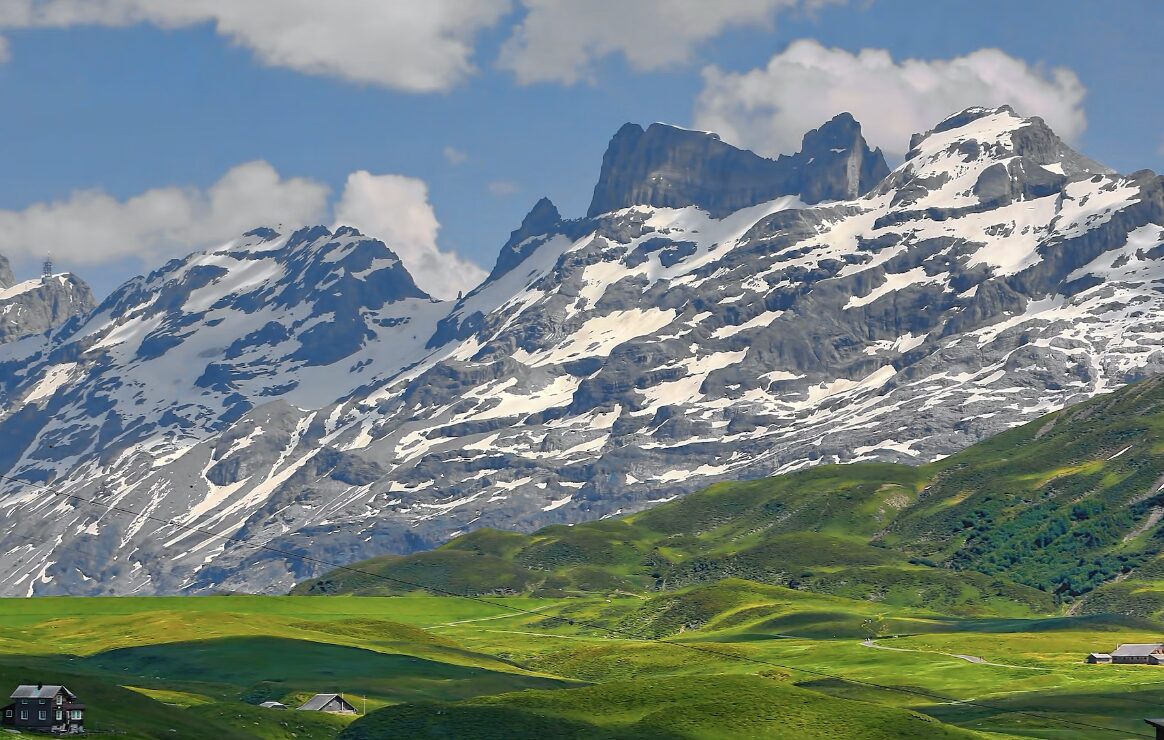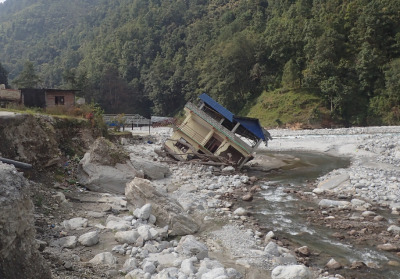Irreversible changing climate in alpine Switzerland: Can we adapt?

Summary
Mountain regions are particularly sensitive to climate change – often temperatures are increasing at rates above the global average, leading to rapidly melting glaciers, extreme events such as floods and landslides, and threatening the long term supply of water for municipalities, agriculture, energy and industry. Mountain regions are also important for their biological diversity and sensitivity, where small climate changes can lead to significant impacts on species’ habitat. In light of these challenges, mountainous countries and regions are taking action to adapt their populations to climate change, and to build resilience through technological, social and institutional actions, notably through building partnerships across political borders.
This video is part of a series*, drawing attention to climate adaptation actions that can be taken in mountain regions. Learn about challenges of climate change in the Swiss Alps, as well as examples of adaptation actions to tackle rising temperatures, glacier loss, and worsening natural hazards. Featuring Ms. Isabelle Pasquier-Eichenberger from the Swiss Parliament, we hear about how two-thirds of the Swiss territory is alpine and how the mountains have shaped the history and identity of Switzerland. In 1994, the Swiss parliament adopted the “Alpine Initiative”—an early example of legislation to conserve sensitive alpine regions, protecting mountain passes from excessive road traffic, as well as mitigating greenhouse gas emissions. Calls are made for more science-policy dialogue to develop adaptation actions.
*This video was made with the support of Kaosmovies. Check out the rest of the series, which explores climate change challenges and adaptation in the context of the Hindu Kush Himalaya, East Africa, and the Andes.
Further resources
- SUGGESTED CITATION:Adaptation at Altitude (2023). Irreversible changing climate in alpine Switzerland: Can we adapt? Accessible at: https://www.genevawaterhub.org/news/adaptation-altitude-how-switzerland-adapting-climate-change-mountains





(0) Comments
There is no contentYou must be logged in to reply.